-
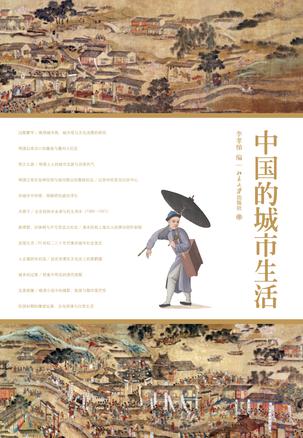
中国的城市生活
本书是台湾“中央研究院”主持的“明清的社会与生活”的成果之一。该研究计划聚集了一批海内外的历史学者、艺术史家和文学史研究者,以中国近代的城市、日常生活和明清江南为题,持续地进行团队研究。他们从历史、艺术史、文学史等角度,对明清及民国初年的衣、食、住、行、娱乐、商旅、节庆、文物、街道、建筑等物质文化进行了广泛的、实证性、趣味性的研究;并对16世纪中国的社会风俗与生活进行了细腻而生动的描摹。 -
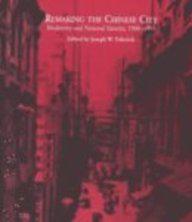
Remaking the Chinese City
In China today skyscrapers tower over ancient temples, freeways deliver lines of cars and tour buses to imperial palaces, cinema houses compete with old theaters featuring Peking Opera. The disparity evidenced in the contemporary Chinese cityscape can be traced to the early decades of the twentieth century, when government elites sought to transform cities into a new world that would be at once modern and distinctly Chinese. Remaking the Chinese City aims to capture the full diversity of recent Chinese urbanism by examining the modernist transformations of China's cities in the first half of the twentieth century. Collecting in one place some of the most interesting and exciting new work on Chinese urban history, this volume presents thirteen essays discussing ten Chinese cities: the commercial and industrial center of Shanghai; the old capital, Beijing; the southern coastal city of Canton; the interior's Chengdu; the tourist city of Hangzhou; the utopian "New Capital" built in Manchuria during the Japanese occupation; the treaty port of Tianjin; the Nationalists' capital in Nanjing; and temporary wartime capitals of Wuhan and Chongqing. Unlike past treatments of early twentieth-century China, which characterize the period as one of failure and decay, the contributors to this volume describe an exciting world in constant and fundamental change. During this time, the Chinese city was remade to accommodate parks and police, paved roads and public spaces. Rickshaws, trolleys, and buses allowed the growth of new downtowns. Department stores, theaters, newspapers, and modern advertising nourished a new urban identity. Sanitary regulations and traffic laws were enforced, and modern media and transport permitted unprecedented freedoms. Yet despite their fondness for things Western and modern, early urban planners envisioned cities that would lead the Chinese nation and preserve Chinese tradition. The very desire for modernity led to the construction of a visible and accessible national past and the imagining of a distinctive national future. In their investigation of the national capitals of the period, the essays show how cities were reshaped to represent and serve the nation. To promote tourism, traditions were invented and recycled for the pleasure and edification of new middle-class and foreign consumers of culture. Abundantly illustrated with maps and photographs, Remaking the Chinese City presents the best and most current scholarship on modern Chinese cities. Its thoroughness and detailed scholarship will appeal to the specialist, while its clarity and scope will engage the general reader. -
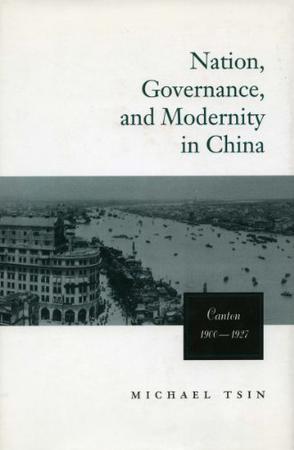
Nation, Governance, and Modernity in China
This is the first detailed study in English of the city of Canton (Guangzhou), the cradle of the Chinese revolution, in the first quarter of the twentieth century. In retracing various fragments of the city’s history in this period, the book argues that modernist politics as practiced by the Nationalists and Communists represented a specific political rationality embedded in the context of a novel conception of the social realm. Modern governments invariably base their claim to legitimacy on the support of “society” or “the people.” The mobilization of hitherto disenfranchised constituents into the political process is thus a central component of the nation-state. Modern governments also produce schemes for categorizing and organizing these same constituents to ensure social unity and their base of support. The author analyzes this apparent paradox of modern governance—emancipation and discipline—as shown in the discourse and practice of Canton elites and the lives of the city’s inhabitants. Canton, which witnessed the modernization of both its physical and social structures in the early twentieth century, was the site of the first modernist government in Chinese history. The new governing elites, the Nationalists and Communists, attempted to dissect and classify their constituents into different classes or segments and to transform them into disciplined members of a new body social. Contrary to their expectations, extensive organizational work, though empowering the newly mobilized, did not lead to the formation of a well-ordered society. Instead, it brought into sharp focus the heterogeneity of Canton society and highlighted the impossibility of its analysis and management as a totality. To the dismay of the modernizers, social discipline could be restored only through violence. -
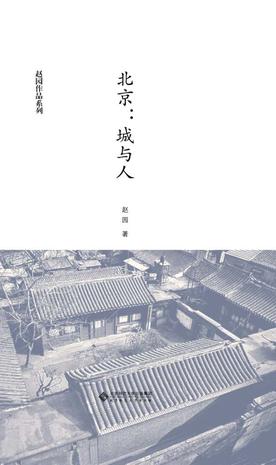
北京:城与人
经由城市文化性格而探索人,经由人那些久居其中的人们,和那些以特殊方式与城联系,即把城作为审美对象的人们搜寻城,我更感兴趣于其间的联结,城与人的多种形式的精神联系和多种精神联系的形式。当我试图讲述城对于人的塑造,和对于创造其形象者艺术思维的干预时,不能不暗自怀着兴奋。 -
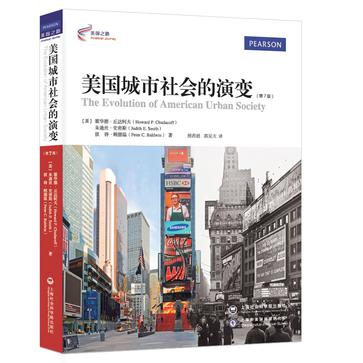
美国城市社会的演变(第7版)
从印第安人的“普韦布洛”到超级大都市纽约,从“步行城市”到住宅“郊区化”,美国自16世纪初开始了浩浩荡荡的城市化历程,并于20世纪初,迎来了“城市时代”。纽约、芝加哥、旧金山、洛杉矶,这些曾经荒无人烟的土地,如今已是全球闻名的大都市。摩天大楼、百货商场、中央公园,这些现代性建筑,不仅成为日后每个城市的标配,也塑造了人们全新的消费方式和文化生活。 城市,作为美国政治、经济和社会的实体,为美国的发展带来了源源不断的动力。然而,移民涌入、种族隔离、宗教冲突等问题,也为城市管理带来了难题。当今天回首美国城市四个世纪以来的演进,人们不禁要问: ● 为什么要去城市生活? ● 城市中不同的人群是如何相处的? ● 人们从城市的发展中得到了什么回报? -
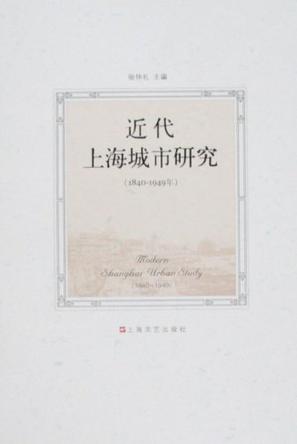
近代上海城市研究
本书是学术著作,资料扎实,逻辑严密,有许多创新的观点,对于近代上海城市演变过程、发展规律与历史关节点、租界影响等方面,都作了探讨,提出了自己的看法。相对于一般的关于上海城市某一阶段、某一方面、某一问题、某一人物的研究成果来说,本书比较完整、全面地讨论了上海城市,贯串整个近代,囊括经济、政治、社会、文化等各个方面,既见树木,又见森林,较好地把握了微观与宏观、局部与整体的关系。相对于600万字的《上海通史》、700万字的《上海大辞典》来说,本书80万字,比较适中。相对于一般的知识性上海史读物来说,本书信息比较全面、翔实。这样的著作,既适合于专门研究人员、研究生、大学生,也适合于一般对于上海城市、近代历史有兴趣的公务员、白领阶层,具有较为广阔的覆盖性。